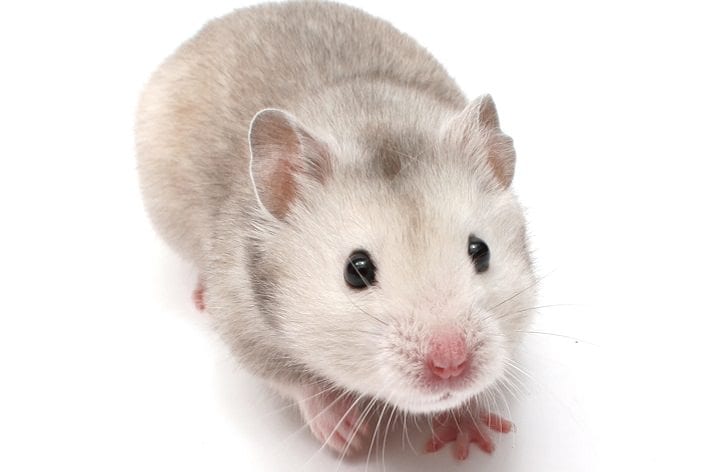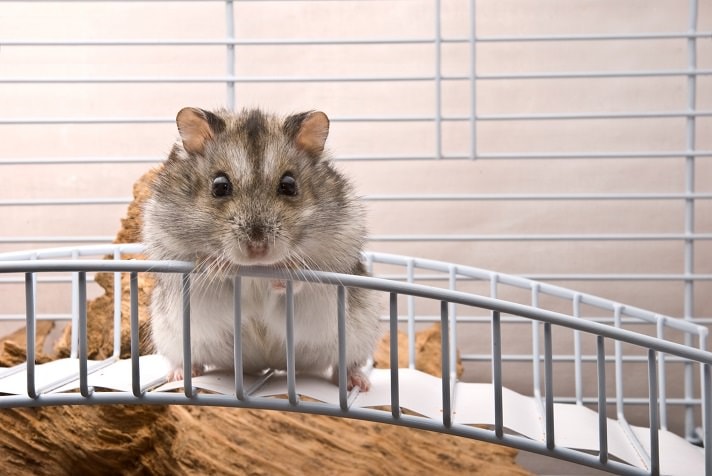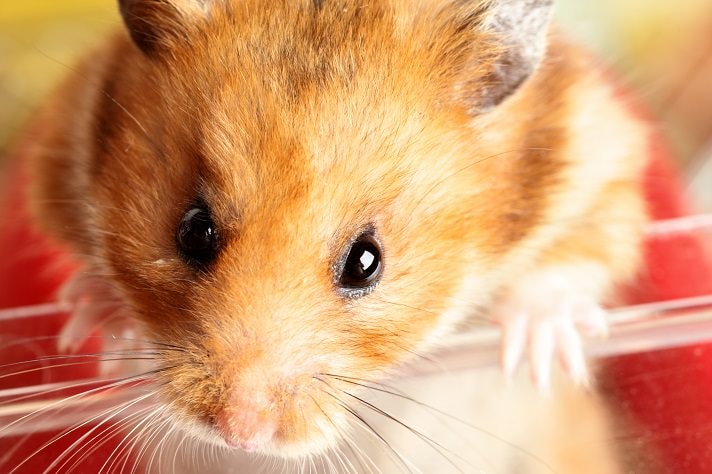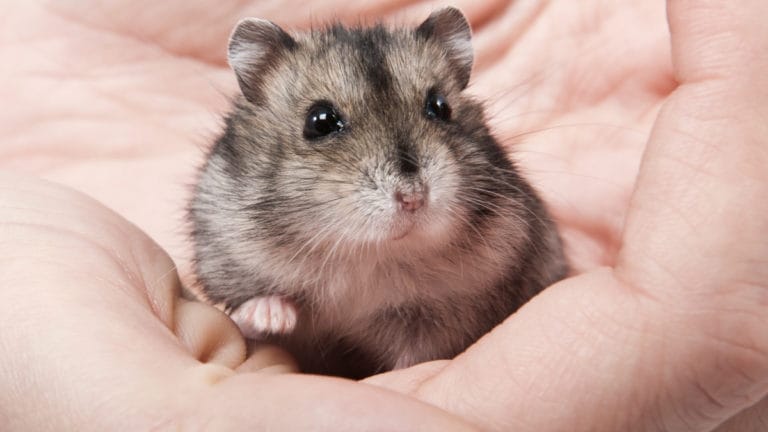Hamsters are generally healthy, but like any animal they can occasionally develop health problems. The most common illnesses in hamsters usually affect their skin, digestive tract or respiratory tract. A sick hamster doesn’t eat and is inactive. Its fur may be dirty or show hair loss. It may sneeze or wheeze, or have a runny nose or eyes. A hamster with any of these signs should be taken to the veterinarian immediately.
Skin Diseases And Abscesses
Common causes of skin diseases in hamsters are mite infestations and ringworm. They can also develop allergies and skin infections. The veterinarian can diagnose the problem through skin scrapings and fungal cultures. Certain types of bedding such as cedar can cause allergies or irritate the skin. Even if you’re not using cedar shavings, try changing the bedding you’re using to see if it helps solve the problem.
Hamsters can also develop abscesses from relatively small cuts or other injuries to the skin. An abscess is a pocket of infection beneath the skin that fills with pus. Suspect an abscess if the hamster has a firm, painful lump on its body or inside its mouth in the cheek pouch area. A veterinarian must drain and flush the abscess and prescribe antibiotics to treat the infection.
Hair Loss
Hair loss in hamsters occurs for many reasons. Some hamsters develop bald spots from frequently rubbing up against cages or feeders. Some get chewed on by other hamsters. Some infections can cause patchy hair loss. Hair loss can also be a sign of adrenal tumors, thyroid deficiency and chronic kidney disease. Talk to your veterinarian to see what can be done to diagnose and treat the problem.
Scent Glands
Sometimes a hamster’s scent glands, which are located over the hips in Syrian hamsters and in the mid-belly area of dwarfs, look greasy or discolored, but this may be their normal appearance. The scent glands can develop tumors, however, so if you think their appearance has changed, it’s a good idea to take the hamster to a veterinarian.
Digestive Problems
Bacterial infections, stress and dietary issues are among the sources of digestive problems in hamsters. Diarrhea and a condition called wet tail are the results.
Wet tail is more scientifically known as proliferative ileitis or regional enteritis. It’s highly contagious and common in young hamsters that have just been weaned. Longhaired teddy bear hamsters are especially prone to the disease.
Signs of wet tail are wetness in the tail area from diarrhea, inactivity, poor appetite and an unkempt coat. A hamster with these signs should be taken to the veterinarian immediately. Hamsters with wet tail can die suddenly. Diarrhea can result from a number of infections or treatment with certain antibiotics.
Diarrhea also occurs from changes in diet like eating too much of foods that are high in water, such as fruit and vegetables. Antibiotics that can be toxic to hamsters include penicillin, erythromycin and lincomycin.
Hamsters with diarrhea can quickly become dehydrated, so it’s important that they drink plenty of water. Stop feeding fresh foods, and don’t offer them again until the droppings are back to normal. A hamster with diarrhea should be taken to the veterinarian if the condition doesn’t resolve quickly.
Respiratory Infections
A hamster that’s sneezing, wheezing or has a runny nose or eyes probably has some kind of respiratory infection. Hamsters can catch pneumonia from humans, so it’s important not to expose them to people who are sick. A hamster that’s showing other signs of illness, such as appetite loss or inactivity should be seen by the veterinarian right away. The condition can be diagnosed by a Gram stain of nose or eye discharge.
Diabetes
Diabetes is another common problem in hamsters. Diabetes occurs when the body doesn’t produce enough insulin or the body is unable to use it properly. Dwarf hamsters are especially prone to the disease. Common signs of diabetes are excessive thirst and urination, although these signs can also be indicators of kidney disease or a bladder infection. If your hamster shows these signs, it should be seen by a veterinarian for diagnosis. Diabetes is often linked to obesity, so it’s a good idea not to let a hamster get fat. Restrict access to high-fat foods like sunflower seeds, as well as to fruits and vegetables that are high in sugar.
Teeth Problems
Without proper care or access to chewing material, hamsters can develop dental problems. Hamster teeth grow throughout the animal’s life and must be worn down by chewing. If this doesn’t happen, the teeth can grow too long, causing abscesses. Some teeth grow right through the roof of the mouth and into the nasal cavity. Hamsters with dental problems drool frequently and don’t eat much. They may lose weight or develop bad breath. The teeth must be trimmed by the veterinarian and the infection treated with antibiotics. Once a hamster develops dental problems, the teeth probably need to be trimmed regularly for the rest of the hamster’s life.
Aging Hamsters
As they age, hamsters can also develop health problems. Once it’s more than a year old, a hamster may suffer geriatric diseases such as amyloidosis, in which proteins produced by the body are deposited in the liver and kidneys as well as other organs; blood clots in the heart; stomach ulcers; tumors; and dental disease. Most of these ailments can’t be cured, but they can be managed for a time with supportive treatment.
By: Audrey Pavia
Featured Image: By Gina Cioli/Lumina Media
Share:









